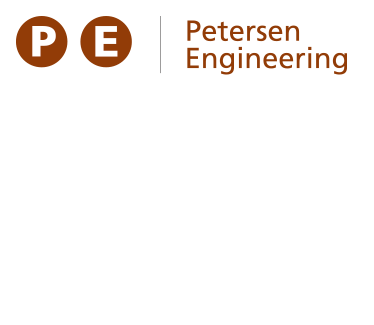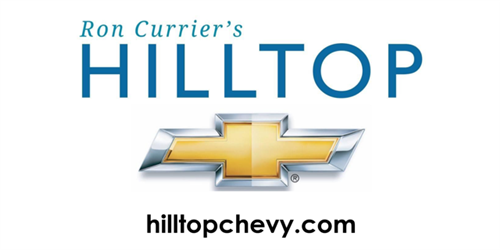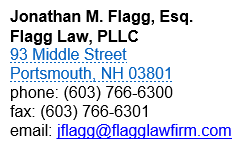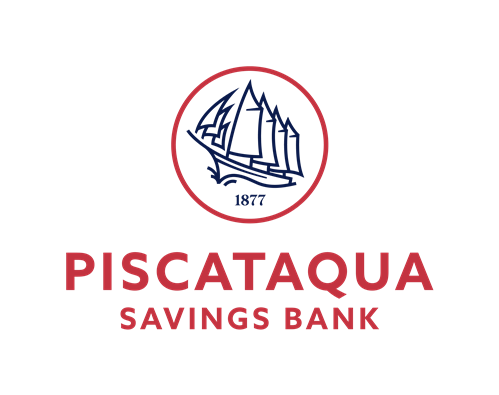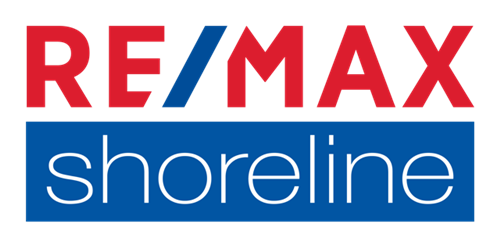Rotary eBulletin for the week of August 25, 2014
Rotary Log Meeting of August 21, 2014
By Mark Lorusso
Photos by Bob Loch: see full slideshow here:
http://www.clubrunner.ca/portal/Journals/JournalDetails.aspx?accountid=6644&jid=60962
What do you get when you cross an Athenian messenger who hailed victory over Persia with his last breath and a waffle iron? Answer—an iconic running shoe. Today, we learned about running and the birth of the running shoe. What was victory to the Athenians became the brand we know as Nike today.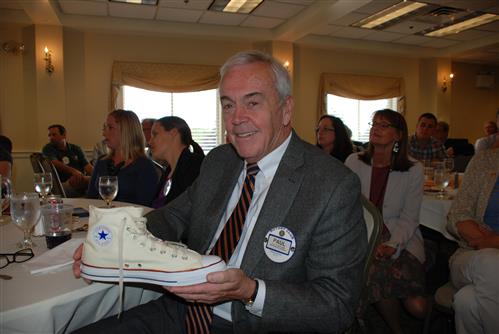
President Tricia presided over our meeting on this beautiful summer day. Guests and visiting Rotarians were announced followed by general announcements and happy dollars. Justin Finn and Rick Page reminded the Thunder Chicken Road Race volunteers to arrive Saturday at 7 am if working the registration booth and at 8 am for route monitors and water station attendants. The race is scheduled to begin at 9 am.
Today’s speaker was Jeannine Sylvester. Jeannine is a transplant from Colorado where she owned a running shop. She decided to move the operation to the east coast and settled upon Portsmouth. The store has grown into a chain of three stores with the other locations in Manchester and Concord. She discussed the travails of a small business and how difficult it is to find the right niche products to survive. She also explained how shoe manufacturers have different quality shoes that wind up in different locations. For example, shoes having poorer quality materials or builds often end up at the big box store chains and are sold at significantly lower prices than top quality shoes sold at specialty stores.
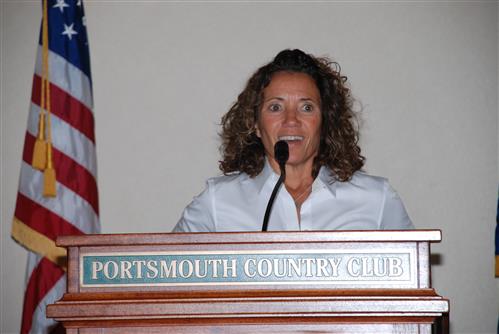
Jeannine explained how the industry has advanced over the years from the ubiquitous Converse sneakers of the 80’s to the first set of running shoes made by Nike founders, Bill Bowerman and Phil Knight, with a waffle iron and some simple materials out of the trunk of his car. The rest, as they say, is history.
Jeannine also explained some of the technical details of that evolution. Apparently early on, the industry settled on a toe-to-heel angle of 12° based upon the industry’s former understanding of the biomechanics of running and how the feet plant and rotate with each step. The industry then went to a variety of other angles as the science of biomechanics fined tuned the basic knowledge and discovered the considerable variability of foot motion from one runner to the next. This has led to an explosion of designs and technology both in the materials and construction designs used to fashion modern running shoes. A Hoka shoe that has a 0° sole profile with high cushioning for maximum force dispersion was passed around. The shoe is deceptively light despite its almost clunky appearance.
Jeannine’s stores cater to all types of runners and offer free analysis to help with the selection of the best running shoes for the runner. The price range is quite extensive, but one should expect to spend at least $100 for a good pair. For those that wish to pay less, the big box stores are likely the best bet. For those that run regularly, a pair should last approximately six months.
The raffle was for $79. There was no match.
Download the website sponsorship guide


